Barley has many health benefits, including its ability to maintain a healthy digestive tract, protect against gallstones, prevent osteoporosis, boost the immune system, care for the skin, regulate blood sugar, prevent asthma, cancer, heart disease, arthritis, impotence, and other conditions.
Table of Contents
What is barley?
Barley, which comes from the grass family (Hordeum vulgare L.), is a prominent cereal grain cultivated in temperate areas all over the world. It is a great breakfast grain that can be used in a lot of different ways. It tastes like nuts and has a chewy, pasta-like texture. It looks like wheat berries, but it is a little bit lighter in colour.
Sprouted barley has a lot of the sugar maltose, which is used to make both malt syrup sweets. When wheat is fermented, it is used to make beer and other alcoholic drinks. After corn, rice, and wheat, barley is the fourth most common grain in terms of how much is grown.
Nutritional value of barley:
About one cup of cooked barley, which is about the same as 1/3 cup of uncooked barley, has about 217 calories, 1 gramme of fat, 10 grammes of fibre, 7 grammes of protein, 45 grammes of carbohydrates, 23 mg of selenium (42%), 1 mg of manganese (60%), 0.3 mg of copper (34%),162 mg of phosphorus (23%), 0.4 mg of vitamin B1 (33%), 80 mg of magnesium (20%), and 8 mg of vitamin B3 (18%).
Difference between barley and wheat:
Barley and wheat are both major grass crops that have been grown for a long time. Wheat is usually turned into flour before it is used in made goods and other foods. Barley, on the other hand, is usually eaten whole or as pearls. Both have gluten, so people who have celiac disease or gluten intolerance can't eat them.
Are barley and oats same?
The key distinction between barley and oats lies in the fact that barley is cultivated as a cereal grass, while oats are cultivated from a weed of primary cereal grasses like wheat and barley. In addition, oats grow as tiny florets, whereas barley grains are arranged in a spike.
Health benefit of barley:
Barley is Good for Digestion:
Barley is a great source of fibre, which helps keep the body free of toxins. Its grass is high in dietary fibre, which gives the good bugs in our large intestines something to eat. These bacteria help the barley's fibres ferment, which makes butyric acid, which is the main source of energy for intestine cells. It does a great job of keeping the gut healthy.
If you have trouble digesting, you can also drink barley water. It keeps the intestines healthy, which speeds up the time it takes for faeces to move out of the body and keeps the stomach clean. It also cuts the risk of getting stomach cancer and haemorrhoids by a lot.
Barley prevents osteoporosis:
Barley grass is good for your bones because it has calcium and copper in it. It is a natural way for people with osteoporosis to feel better. It is known that its juice has 11 times more calcium than milk. Calcium is one of the most important things for healthy bones.
Manganese is needed for healthy bone growth and to treat anaemia caused by not getting enough iron. Manganese is found in barley, and it works with B-complex vitamins to keep your body in good shape.
Barley for skin health:
Barley is an excellent source of selenium that helps to keep the skin's flexibility and protects it from damage and loosening caused by free radicals. It also makes the heart, liver, and immune system work better. Cancers of the skin, gut, prostate, stomach, liver, and breast can happen if you don't get enough selenium. Barley flour, barley powder, and barley tea are all good for your health.
Barley keeps cholesterol levels in check:
Propionic acid is made from the solid fibre in barley, which helps keep cholesterol levels in the blood low. It is a good source of both soluble and insoluble fibres, and doctors also suggest it because it is naturally low in fat and has no cholesterol.
Barley boost the Immune System:
Barley is helpful because it is very healthy and improves the body's immune system, making it less likely to get colds and flu. Iron makes the blood volume bigger and protects against anaemia and tiredness.
Barley helps the kidneys work well and helps the body make new cells. It also has copper, which is used to make haemoglobin and red blood cells.
Barley Good for pregnant women and Type 2 diabetes:
Barley works well to keep Type 2 diabetes under control. But this type of diabetes can be avoided if a person loses weight, does a lot of vigorous physical exercise, and eats a lot of whole grains. So, these diabetic people should eat foods that are high in fibre every day.
Barley grain has all the vitamins and minerals that your body needs, especially beta-glucan soluble fibre, which slows down how quickly your body absorbs glucose. Researchers have shown that guys with insulin resistance who ate barley beta-glucan soluble fibre had much lower levels of glucose and insulin than other test subjects.
Barley helps keep asthma away:
14.5 kDa is a protein found in the endosperm of barley. It is a major allergen in baker's asthma. This is a work-related illness that is spread through the air and is most common in restaurants and candy shops. It turns out to be a very successful way to avoid these major allergens in wheat flour.
Barley prevents cancer:
Barley has phytonutrients called plant lignans, which are changed into mammalian lignans by the good bacteria in our gut. One of these new lignans is called enterolactone, and it helps avoid breast cancer and other cancers caused by hormones.
Barley helps protect the health of the heart:
Atherosclerosis is a disease in which the walls of the arteries get thicker because of the buildup of cholesterol and other fats. Barley has niacin, which is a type of vitamin B complex that lowers overall cholesterol and lipoprotein levels and cuts risk factors for heart disease. Women who are past menopause and have high blood pressure, high cholesterol, or heart disease should have it at least six times a week.
Barley can help cure impotence:
Barley is known to have arginine and nitric oxide in it. Arginine helps men get an erection, and nitric oxide can treat men who can't get an erection. It is also known that arginine makes more sperm and egg cells. Both men and women can have better sexual success when they eat barley grains regularly.
How to use barley:
Barley has been used as food for animals, as a fermentable ingredient for beer and some distilled drinks, and as a part of many health foods. Barley is used in soups and stews, and people from different countries make barley bread. Malt is often made from barley grains, which is an old and traditional way to make it.
Side Effects and Allergies of Barley:
When barley is taken by mouth in the right way, it is likely safe for most people. Some people with asthma get it from barley flour.
Barley sprouts might be dangerous, so pregnant women shouldn't eat a lot of them. There isn't enough accurate information about whether or not barley is safe for breastfeeding mothers, so it's best to stay on the safe side and avoid using it.
Barley should not be used by people with celiac disease because it contains gluten, which can make the disease worse.
People who are allergic to other cereal grains might have an allergic response to barley if they eat it.
How to add barley in diet?
- Hulled barley: It is whole-grain barley that has only the upper hull, which is not edible, taken off. Compared to other kinds of barley, it is chewier and takes longer to cook.
- Pearl barley: The hull and bran have been taken off of this type of barley, which has been partly steamed. Pearl barley cooks faster than hulled barley, but it has less vitamins and minerals.
- Barley flakes: Like rolled oats, barley flakes are flattened and cut into thin pieces. They cook quickly, but they don't have as many vitamins and minerals as hulled barley.
- Barley grits: They are made from cracked and toasted barley. Whether they come from hulled or pearled barley changes how many nutrients they have.

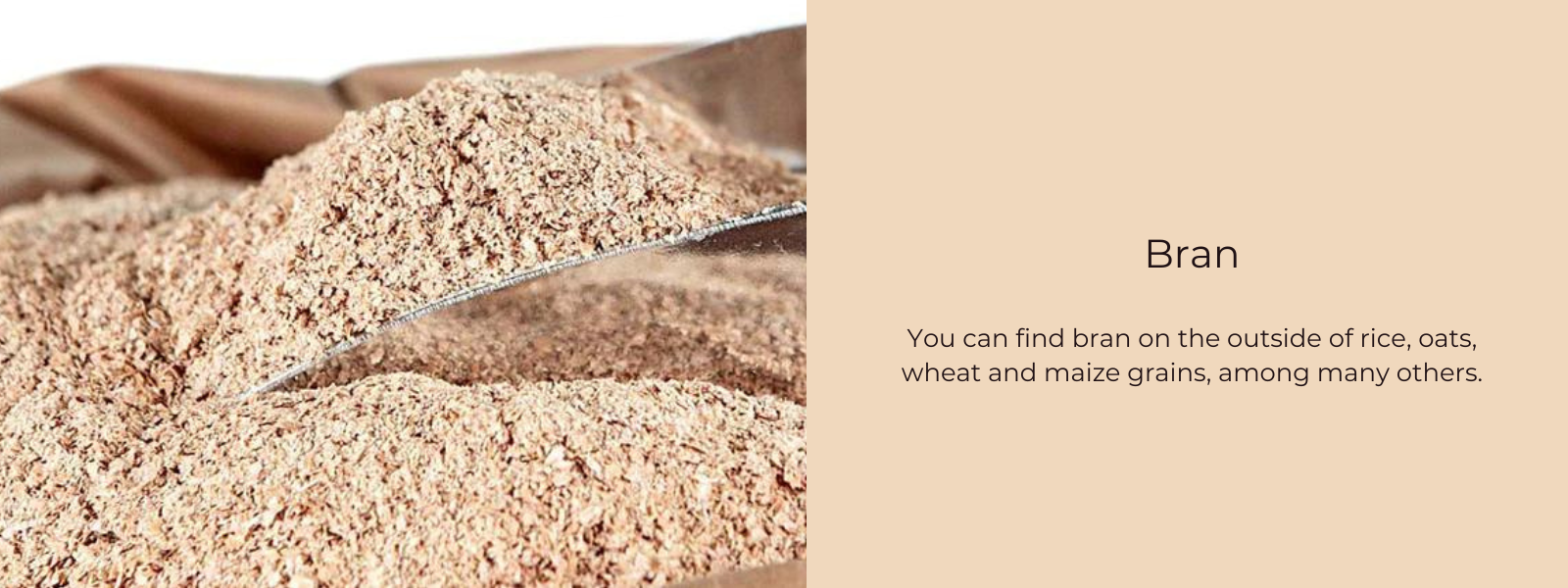
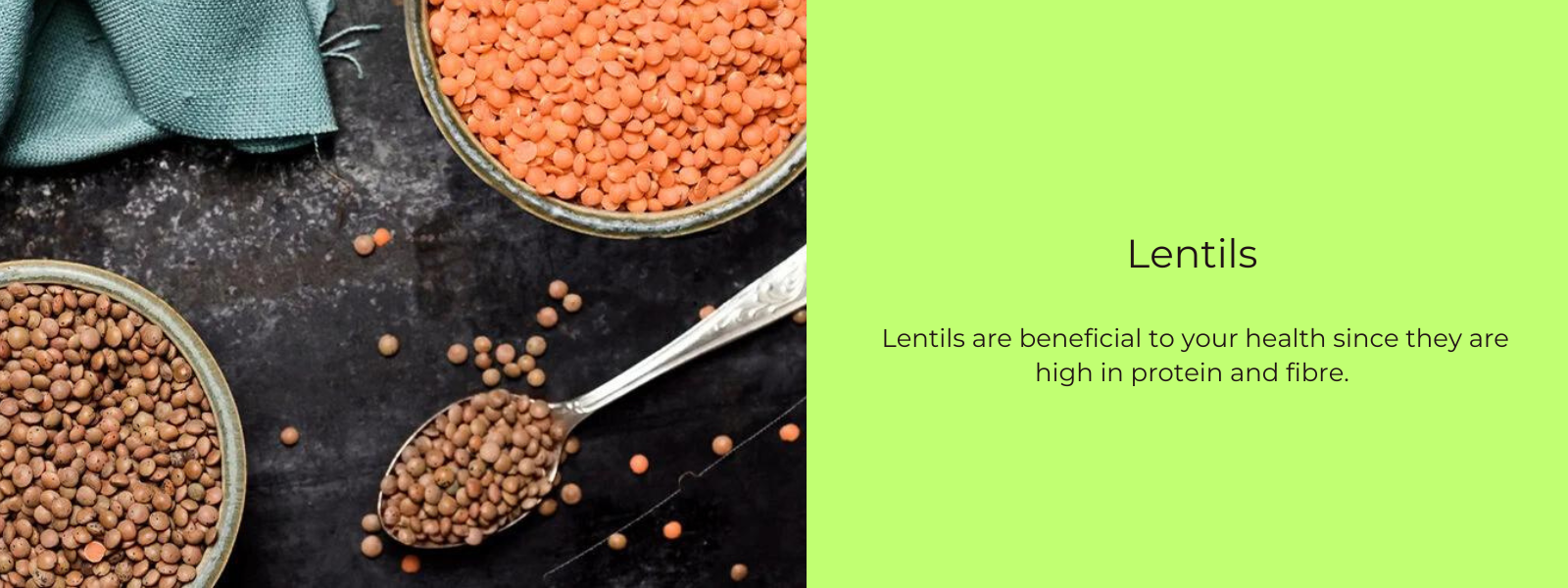
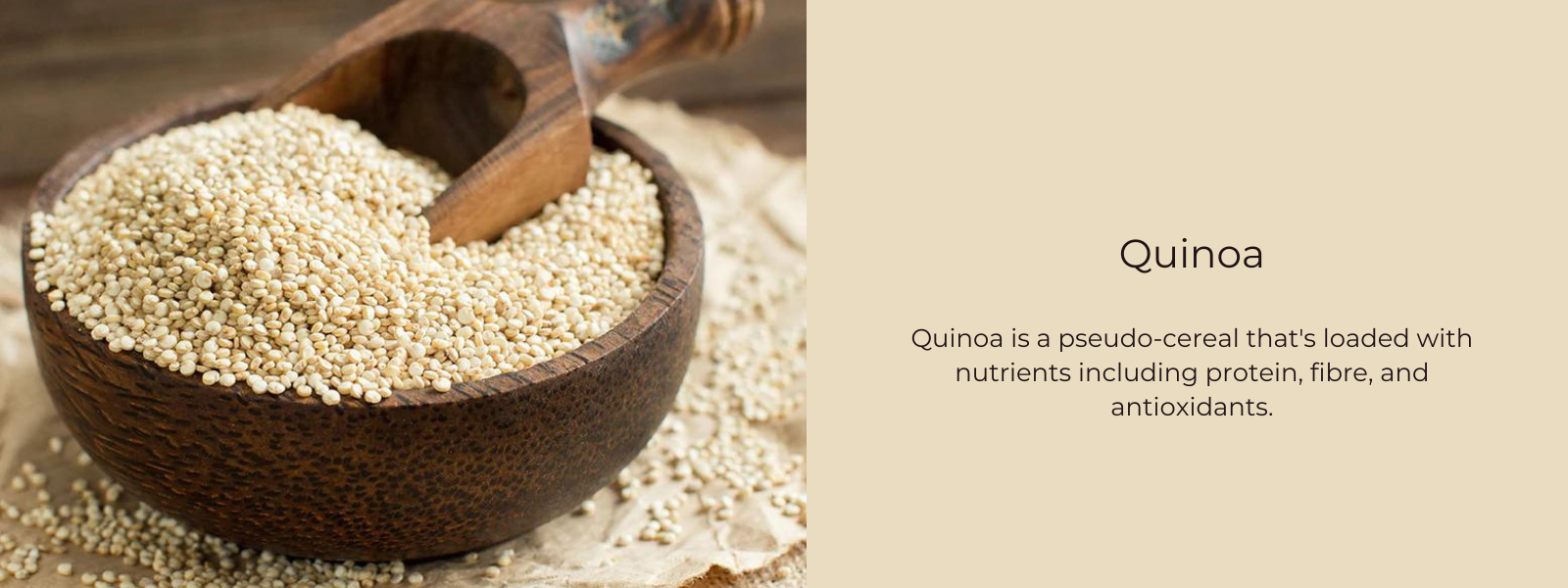
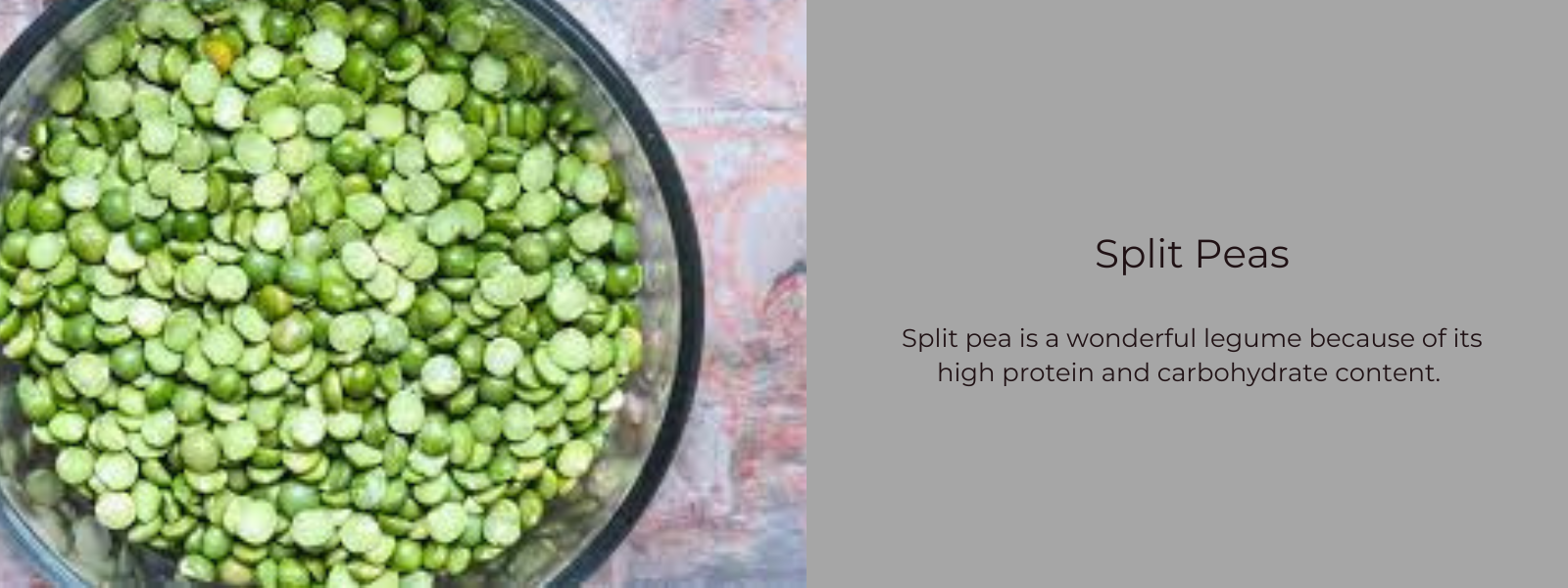
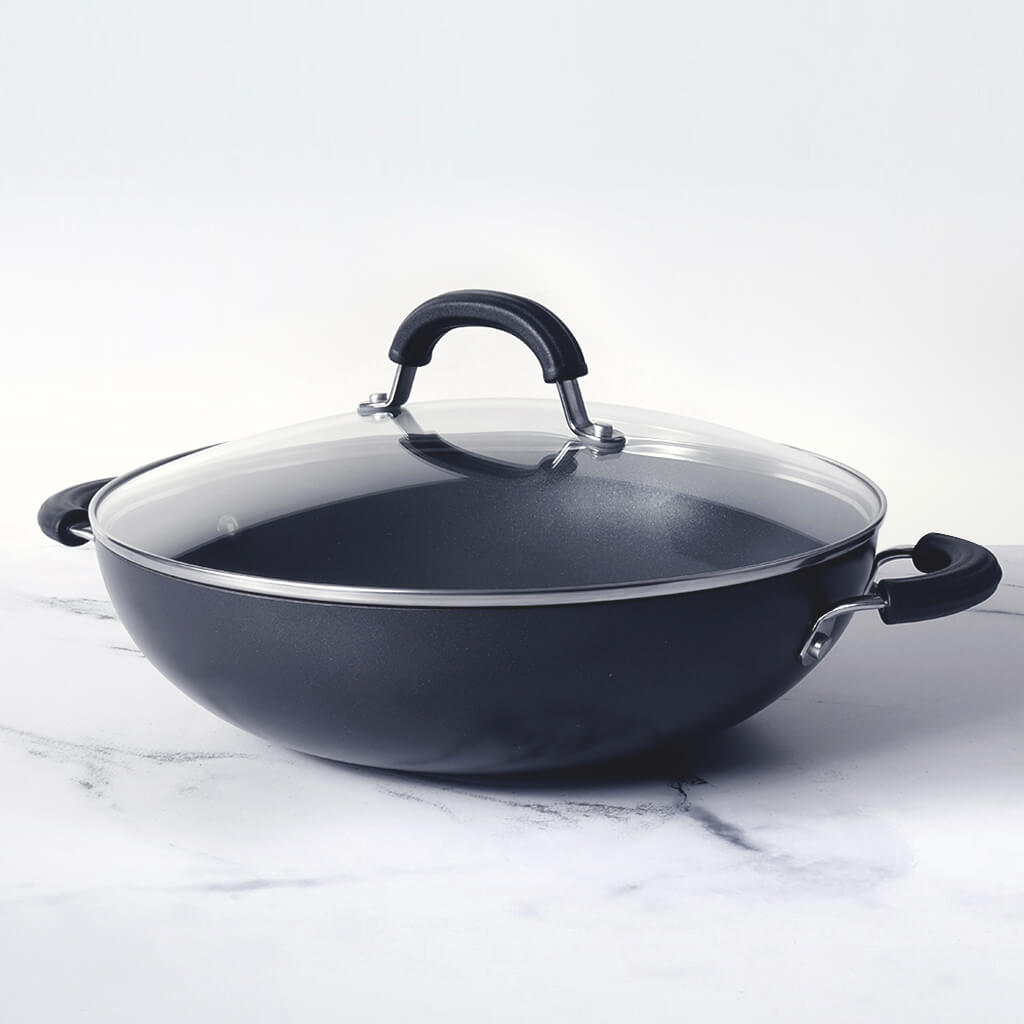
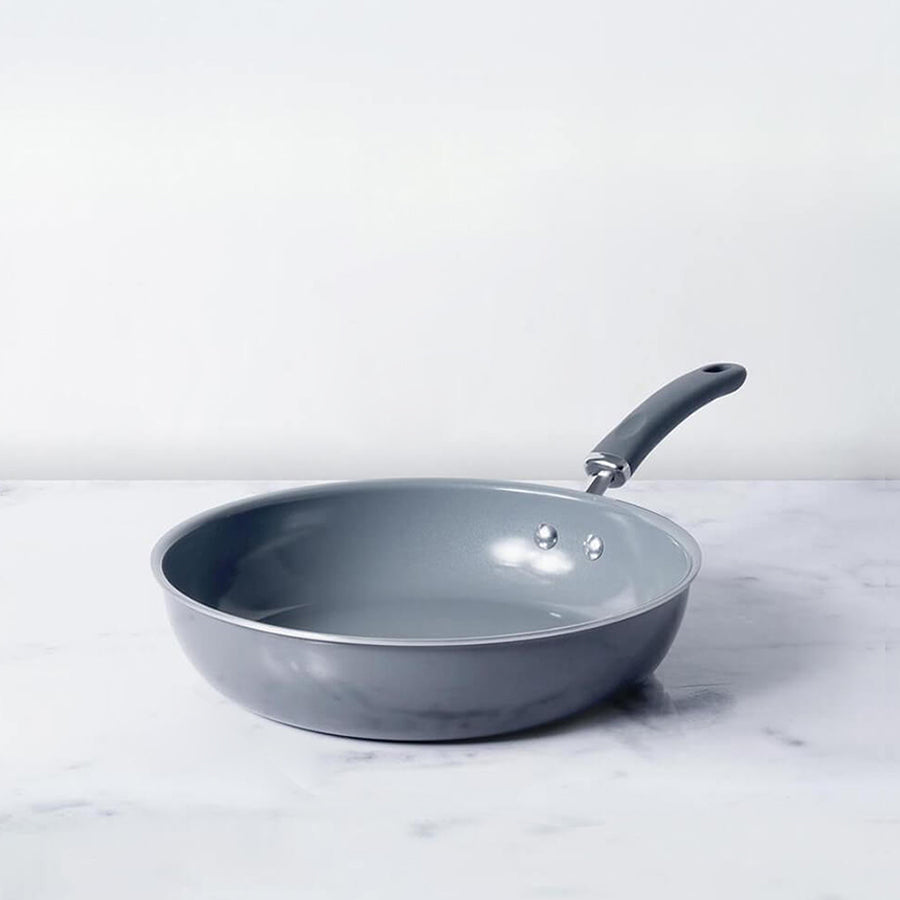




Leave a comment